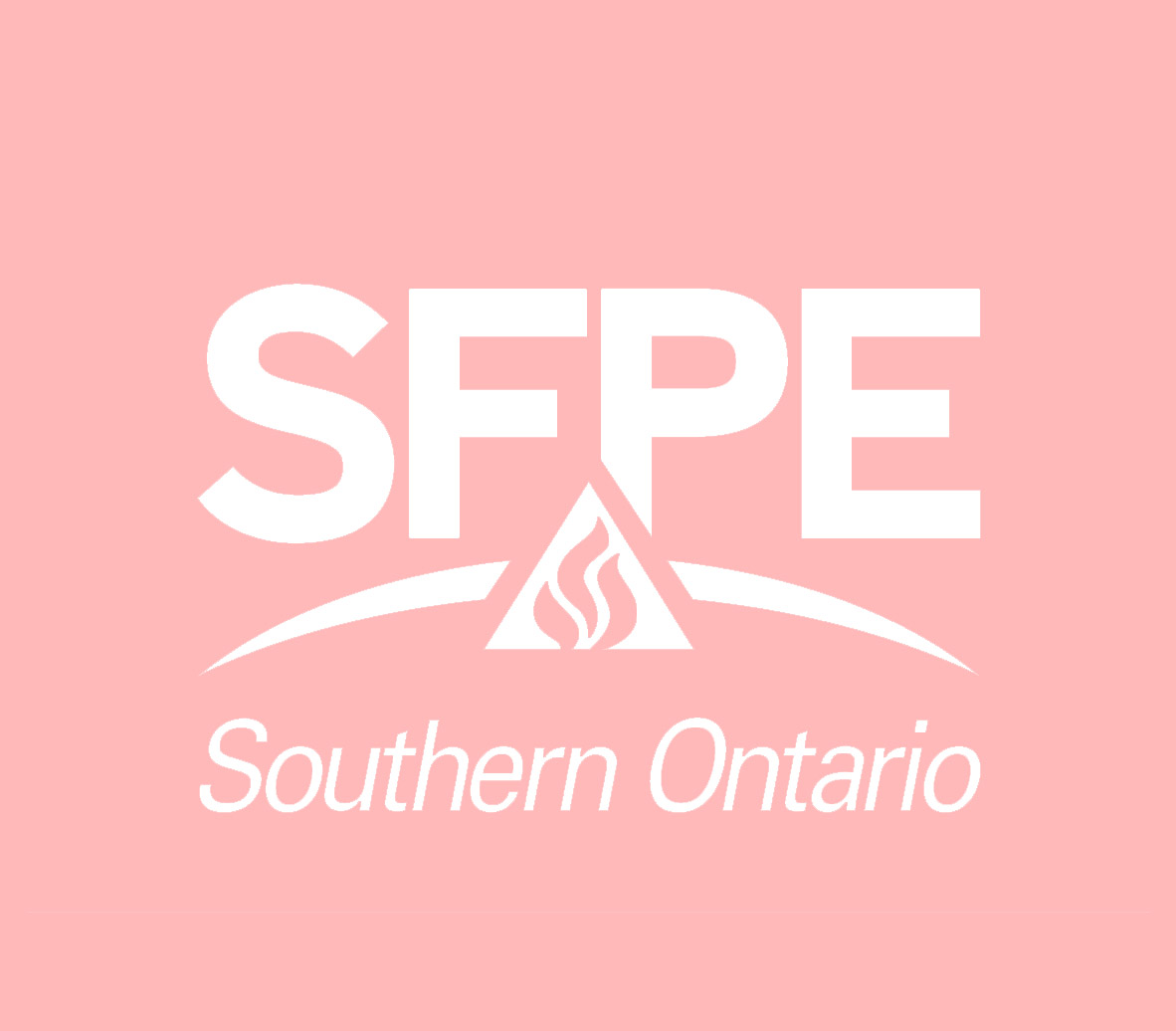SPEAKER:
Dr. Bishoy N. Awad, Ph.D.
Senior Fire Protection Engineer
Fire & Risk Alliance, LLC. Holding
 Dr. Bishoy N. Awad is a Senior Fire Protection Engineer at Fire & Risk Alliance, LLC. Holding a Ph.D. in Civil Engineering from McMaster University, his academic focus centred on fluid modelling and the development of numerical models for enhanced computational efficiency. Complementing his doctorate, Dr. Awad also holds a master's and bachelor's degree in civil engineering, specializing in water engineering and computational fluid dynamics.
Dr. Bishoy N. Awad is a Senior Fire Protection Engineer at Fire & Risk Alliance, LLC. Holding a Ph.D. in Civil Engineering from McMaster University, his academic focus centred on fluid modelling and the development of numerical models for enhanced computational efficiency. Complementing his doctorate, Dr. Awad also holds a master's and bachelor's degree in civil engineering, specializing in water engineering and computational fluid dynamics.
With over a decade of hands-on experience in the Fire Protection domain across North America and the Middle East, Dr. Awad has emerged as a key player in designing, managing, and testing diverse fire protection systems for various structures. His specialized knowledge extends to the design of fire pumps and the creation of alternative solutions tailored to meet the unique requirements of each building. His expertise further encompasses building and fire code consultation, involving the assessment of existing building conditions and the provision of innovative solutions for storage protection in warehouses.
Dr. Awad currently focuses on computer modelling and risk assessment for Lithium-Ion Battery Energy Storage Systems (BESS), conducting CFD simulations of fire scenarios to develop hazard mitigation analyses and community risk assessments.
An active contributor to professional organizations, Dr. Awad is an SFPE Professional Member and serves on the SFPE RTM committee, specifically the Existing Building Task Group, contributing to the development of the Existing Building Guide. Additionally, he serves as a ULC-S1001 Integrated Testing Coordinator (ITC).
SYNOPSIS:
High-rise buildings are known to sway during windy conditions, causing discomfort for residents on the upper floors and affecting auxiliary services like elevator operations. One of the most common vibration absorbers is the Tuned Sloshing Damper (TSD) due to its simplicity and low maintenance cost. This damper consists of a water-filled tank, installed near the top of the structure to enhance damping within the resonance frequency range, tuned to align with the structure's natural frequency. While building owners realize the benefits of TSD to their residents and buildings, they may hesitate due to the space it occupies, particularly on upper floors.
Concurrently, water storage tanks in buildings, situated near the building’s roof, function as reservoirs to maintain water pressure for both domestic use and fire safety systems. Our research examines the possibilities of repurposing TSDs as fire-suppression water storage tanks. Conceptually, a TSD could serve dual functions by supplying water for firefighting purposes. Although it's cost-effective to integrate fire suppression capabilities into TSD designs, accommodating the necessary volume and depth for firefighting may cause mistuning.
By configuring the dimensions of TSD tanks, including fluid depth, and introducing an intermediate perforated floor, the performance of the TSD can be optimized to effectively dampen building vibrations while ensuring compliance with fire safety regulations.
ITINERARY:
|
12:00 PM (Noon)
|
Event link emailed to all registered participants
|
|
12:00 PM
|
to
|
12:15 PM
|
Registration & Reception for In-person Attendees
|
|
12:15 PM
|
to
|
1:00 PM
|
Greek Lunch for In-person Attendees
|
|
12:45 PM
|
to
|
1:00 PM
|
Login & Registration for Virtual Attendees
|
|
1:00 PM
|
to
|
2:30 PM
|
Presentation & Questions
|



